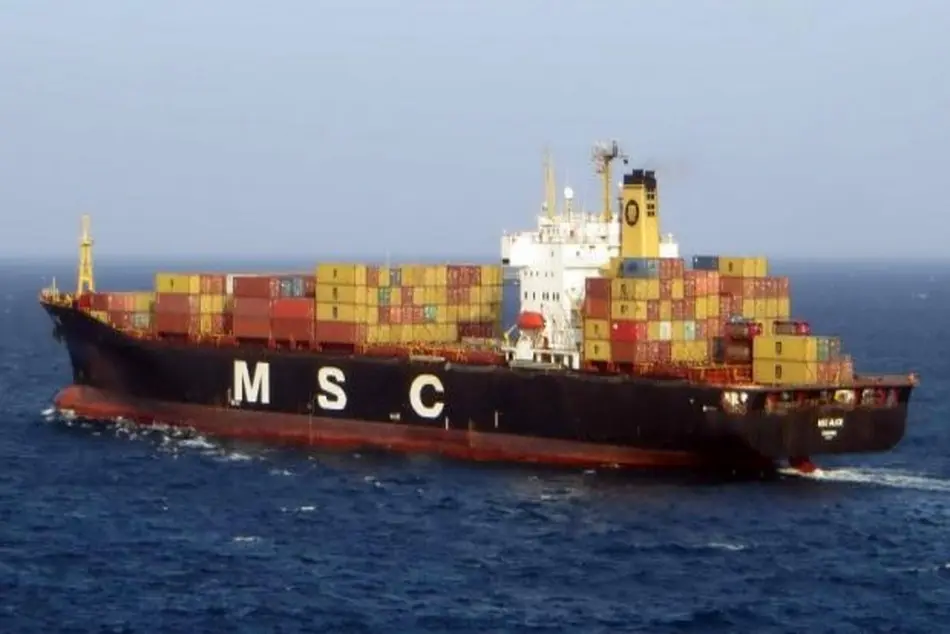Dry bulk: Atlantic Panamaxes set for strong Q3 on high grains demand, tight tonnage

Panamaxes in the Atlantic are looking at a strong third quarter to 2017 amid firm demand for grains in the Far East.
The long tail of the Brazilian grain season boosts demand
Grain exporters compete for tonnage
A regular flow of front-haul grain cargoes has created a shortage of available spot tonnage in the key export regions, starting with South America and followed by the US Gulf Coast and the Black Sea.
With the Brazilian grain season still far from over and the Black Sea corn crops coming up, shipowners feel confident that rates will remain firm through to the final quarter of 2017.
So far, the Atlantic Panamax market has been seeing a rapid increase in freight rates on the Brazil to China grains route, which rose by $3.25/mt from $25/mt on June 20 to $28.25/mt July 20.
LONG TAIL OF BRAZILIAN GRAINS SEASON
One of the primary driver of front-haul Panamax demand is Brazil, which has seen a booming 2016-2017 grains season.
According to US Department of Agriculture data, Brazil had a record soybeans crop that exceeded expectations with 114 million mt produced, against last year’s crop that reached only 95.43 million mt.
Brazilian corn crops are also on their way to break yet another record, with 97 million mt projected for the 2016-2017 season, up 45% in production from 67 million mt harvested the previous year, according to the USDA.
At the same time, the pace of exports has not been fast enough, hindered by the socio-economic situation in Brazil.
A combination of strong Brazilian currency and internal protests against President Michel Temer’s decision to deprive farmers of a portion of cultivable land to build a Grains Railway, has put a dent in the sales pace, leaving a lot of grain volumes unsold.
With silos full and product piling up outside, Brazil has enough volume to keep the exports wheels spinning fast for a few months to come, sources said.
EXPORT REGIONS COMPETING FOR TONNAGE
As Brazil grains sales overspill into the August period, the US Gulf Coast and the Black Sea are getting ready to shift their own exports into full gear.
Industry players reported that there is already thin spot tonnage available for those regions as the ECSA has been attracting most of ship owners’ attention.
“We have all the reasons to feel bullish about the current market situation,” said one shipbroker, adding that the Black Sea may have tough competition for tonnage with ECSA and the US Gulf, which could give freight rates a nice boost in August-September months.
The Black Sea is already giving positive signs, with wheat cargoes being booked for August dates to the Far East, with an average time-charter rate of $22,000/day compared with $18,000/day in June.
Industry sources reported that the lack of available spot tonnage in the region was pushing rates up, and attracted more ballasters from the Middle East.
At the same time, the situation in the US Gulf Coast has become complex.
US corn prices are expected to fluctuate as the US Corn Belt in the Midwestern US region has seen its crops impacted by the dry weather conditions.
Week on week, the corn quality has dropped by three points to 65% from “excellent” to “good”, according to USDA data.
Even in the case of farmers deciding to lower grains prices, US corn might still be more pricey than Brazilian crops, giving buyers such as China and Europe an incentive to purchase cheaper Brazilian grains, to the detriment of US Gulf corn exports, sources said.
The situation is not definitive yet, as crops are not fully harvested in the US, while the Brazilians are keen to sell their corn crops before their soybeans ones, stocked up already in silos.
The consequent expectation is that the Brazilian front-hauls will be still the main protagonist of the trades, at least until the end of August.
ATLANTIC FREIGHT RATES TO REMAIN HEALTHY
Everything considered, industry players have maintained a positive outlook for the months to come.
“Even if we slow down, the levels are still healthy,” said a shipbroker. “Most people thought back in June that August was going to be dead — it’s definitely not.”
This sentiment was reinforced by the freight numbers for mid-August, with ECSA front-hauls trading at an average of $11,000/day plus $600,000 ballast bonus for runs to the Far East, followed by the US Gulf Coast at $15,000/day plus $500,000 ballast bonus and a strong Black Sea market, with front-hauls at $22,000/day.
“Surely, the second half might see a slowdown,” said a shipbroker. “The holiday season tends to deplete the market of its players.”
However, freight rates were expected to remain at healthy levels, on the back of a sustained grains demand from the South East Asia and the Far East.
